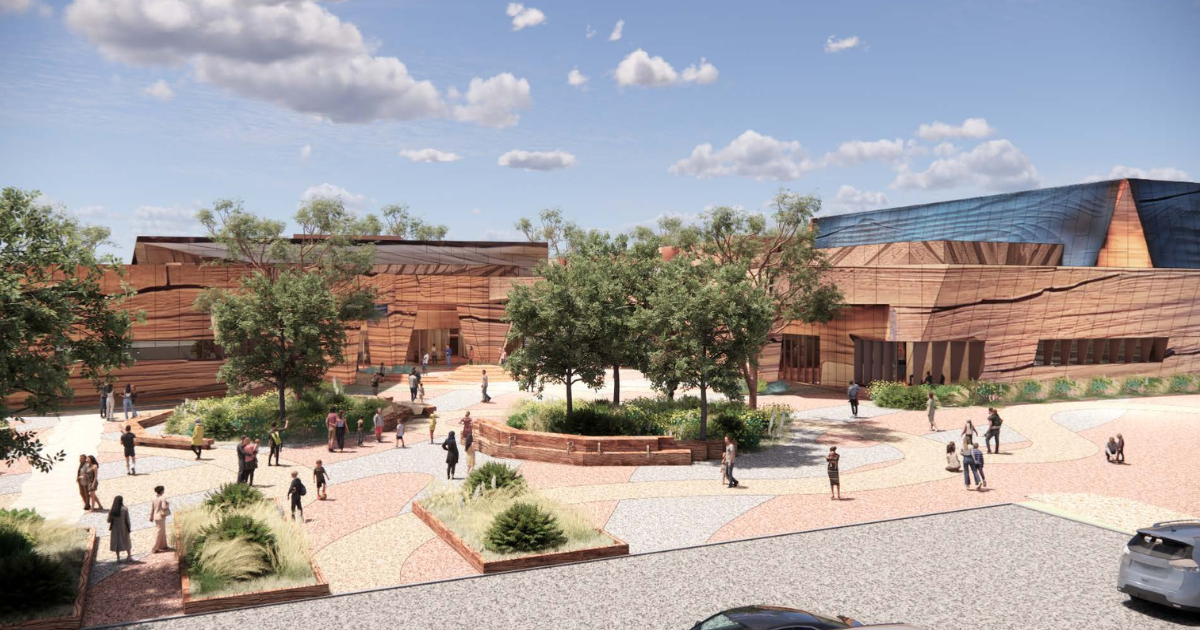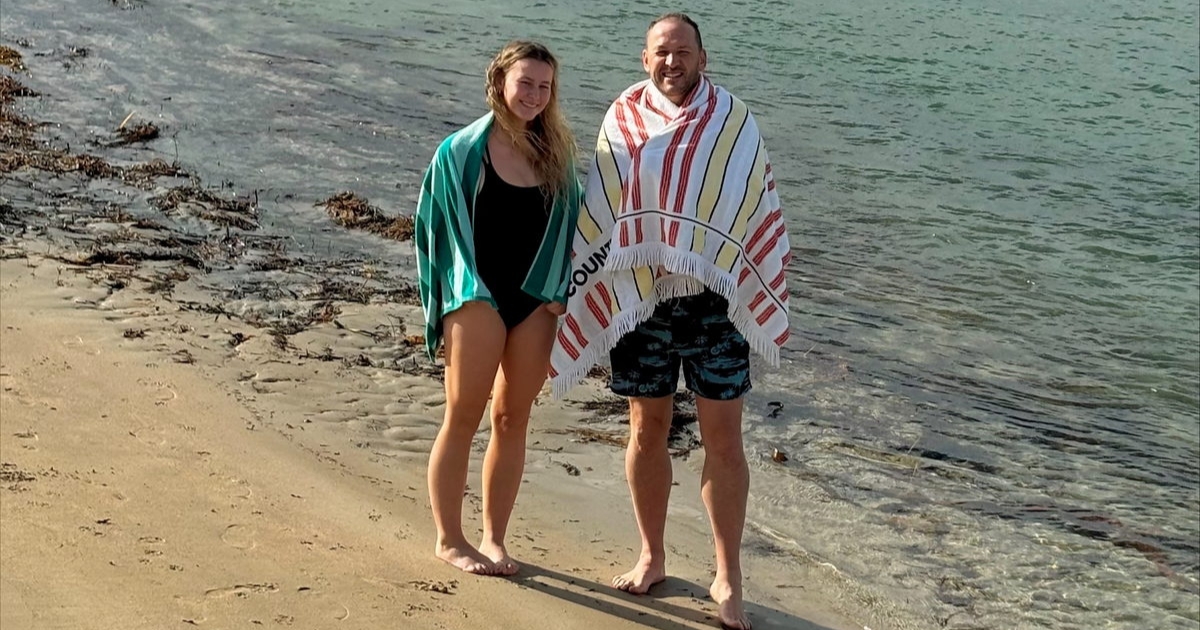Tree operation branches out to Barwon waterways

Victorian Recreational Fish, Corangamite Catchment Management Authority (CCMA), Geelong & District Anglers Club and Geelong Central Rotary Club representatives were all in attendance at last week's event. Photos: SUPPLIED
LOCAL organisations have witnessed the first of 700 tonnes of tree logs and root balls originating from the Macedon Ranges, which are set to renourish the Barwon River as woody habitats are introduced back into the river’s ecosystem.
The ‘Woody Habitat Installation Day’ marked the beginning of a three-week operation along a 4.5-kilometre stretch of the river, set to become a filtration point providing homes for numerous fish species and limit erosion along riverbanks.
“Currently the standard amount of wood in the Barwon River is 10 per cent lower than what it should be compared to other Australian waterways,” Ms Pryor said.
“Therefore, there is not enough habitat to sustain important native species such as estuary perch.”
Ms Pryor said wood installed at the lower Barwon River waterways at Sparrovale Road in Charlemont has a range of functions.

Wood provides crucial fish habitats, homing points to help fish return to important points along the river, and predator protection. The extra woods provide opportunities for algae to grow, which in turn attracts smaller species of fish.
Extreme winds late last year across the state are the cause of the wood being donated by Bushfire Recovery Victoria.
“OzFish will also be hosting revegetation sessions along the 4.5-kilometre stretch of river that the community can participate in,” Ms Pryor said.
“It will take a while for the trees that will be planted to grow, but once they do they will shade the river and help filter incoming nutrients.”
Community groups and environmental bodies such as Victorian Recreational Fish, Corangamite Catchment Management Authority (CCMA), Geelong & District Anglers Club and Geelong Central Rotary Club were all in attendance at last week’s event.
The Corangamite Catchment Management Authority will also be revegetating six hectares of Barwon riverbank to reduce erosion, filter nutrients, and provide shade and future in-stream woody habitat for fish.
The installation project is supported by the CCMA, through funding from the Australian government’s Fisheries Habitat Restoration Program.

















